Did you know that you ought to register your drone with the Federation Aviation Administration, FAA, to fly it in the US? With the regulations in place, you are subject to criminal and civil penalties when you fail to register your drone that weighs more 0.55 pounds. You must be at least 13 years old and it will set you back $5. After this, it is a matter of flying to your heart’s desires, but you must ensure you follow the rules and regulation spelled out by the FAA. Up until recently, it was not mandatory for you to register your model aircraft. With tougher laws in place, it is illegal to fly in your backyard without a license. Today, we look at the rules and regulations you need to adhere to and the process of registering your drone with the FAA.
Why You Ought to Register
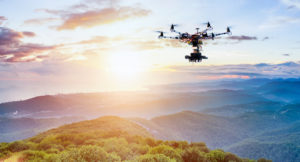 The FAA is taking a keen interest in all objects that take to the USA airspace since they might cause a flight risk to commercial aircraft, air forces crafts, as well as property and people on the ground. They are also keen on ensuring that they limit the chances of drones endangering the lives of US citizens and jeopardizing national security by taking inappropriate videos and photos. While you may be an innocent drone pilot excited about your new toy, flying in a no-flight zone and worse still, your drone is not registered you will face legal action. Registering your drone with the FAA will save you a lot of headaches.
The FAA is taking a keen interest in all objects that take to the USA airspace since they might cause a flight risk to commercial aircraft, air forces crafts, as well as property and people on the ground. They are also keen on ensuring that they limit the chances of drones endangering the lives of US citizens and jeopardizing national security by taking inappropriate videos and photos. While you may be an innocent drone pilot excited about your new toy, flying in a no-flight zone and worse still, your drone is not registered you will face legal action. Registering your drone with the FAA will save you a lot of headaches.
* Enhancing Accountability
Registering your drone is also for accountability purposes, and it will keep you in check to stick to the agreed flight zones, and should the drone get into a no-flight zone, then you will save the FAA precious time and resources of hunting you down if you have not registered. Like it or not, accountability is essential. Up until 2015, drone pilots would have flown without any interference from the FAA but as soon as the regulations were put in place, more than 800,000 pilots registered.
The regulations were challenged in the court of appeal in the District of Colombia, where it cited the FAA Modernization and Reform Act of 2012, which was in favor of drone hobbyists flying their drones without the need for registration. Professional pilots using drones for commercial purposes still had to register with the FAA. However, the National Defense Authorization Act brought back the regulations and it is now a requirement that you register a drone before flying it. After you get the registration number, FAA requires that you put the number on the drone preferably with a permanent marker.
How to Register Your Drone with the FAA
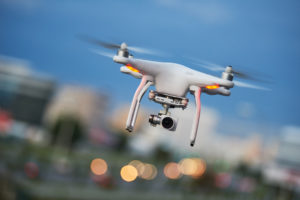
- Go to the FAA website online registration portal
- Enter your email address and set a password. You will immediately receive an email to your account with an activation link for your FAA account. Click on the link then ‘agree’ on the webpage
- You will then answer a series of questions such as how you intend to fly the drone, either as a hobby or for commercial and recreational purposes.
- If you do not intend to use the drone for taking video and photographs, click on ‘Model Aircraft under Section 336’ but if you do intend to fly the drone for commercial and recreational purposes, then click on ‘Small Unmanned Aircraft under Part 107’
* N-number Registration Process
Not all the registration is available on the website and the FAA provides guidelines for the N-number (N-number) registration process
- You want to qualify for unmanned aircraft operating outside of the US
- Your drone weighs more than 55 pounds
- You need a voting trust to meet the US citizenship requirements
- You hold the aircraft’s title in trust
If these specifications relate to you, then you have to register it manually and you will have to mail or present the papers to the FAA offices yourself
Registering Under Section 336
If you choose the ‘model aircraft under Section 336’ option you will then have to give your contact information including your physical address and phone number as well as personal details. The registration for the registration under this section is $5, and the payment window comes in the next page. 0of course, you will have to pay more if you are using your drone for recreational and commercial purposes. The best part is that you do not have to register every drone you own. This is because; you get a unique registration number that you need to etch on all your drones and model aircraft you wish to fly.
Registering Under Part 107
This s for drone pilots who wish to fly their unmanned aircraft for recreational and commercial use. The regulations under this section state that you are flying the drone that weighs no more than 55 pounds. The FAA also restricts the flying of these drones to during the daytime and at twilight at or below 400 feet. No matter which type of section you fall under, you must register your drone with the FAA and get a Remote Pilot Certificate.
Whether you are flying the drone for fun, recreational, or commercial purposes, you must renew your registration certificate every three years and pay the $5 fee for Section 336 unless it is revised, but the fees for recreational and commercial drone flying are much higher.
FAA Flying Protocols
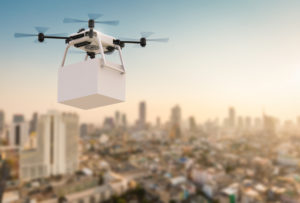
- Ensure to register your drone before you fly for the first time
- Fly the drone at a maximum height of 400 feet
- Respect other people’s privacy and stay at least 25 feet away from vulnerable property and individuals
- Keep your drone in sight at all times
- Do not fly your drone near other aircraft, and do not fly within five miles of an airport or airstrip
- Do not fly over a group of unprotected people, stadiums in use, moving vehicles, or public events
- Do not fly your drone under the influence of alcohol or any other drug
- Never fly near emergency situations such as hurricanes and fire rescue efforts
- Do not fly during conditions that reduce the visibility especially in adverse weather conditions
- Never fly over sensitive infrastructure such as water treatment facilities, power generation facilities, government buildings, among others
- Always remain in situational awareness of manned aircraft flying at very low altitudes
Join Flying Clubs
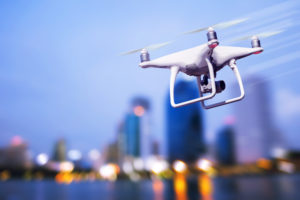
This and many more flying clubs offer a map that indicates the no flying zones to stay in the FAA’s good books. Many of them ask for an annual subscription fee that includes personal liability insurance, fire, vandalism, and theft insurance as well as medical coverage.
Take Drone Flying Security Tests
It takes more than reading on the regulations to help you fly safely. Several drone manufacturers such as DJI have a new section in their app and firmware that allows you to take a drone safety test. Taking the DJI case, for example, they have collaborated with the FAA to create a 9-question quiz you must pass before you can fly a drone. While this might dampen your spirits if you are a beginner, it will help you to respect your safety and that of other people and buildings.
Penalties for Failing to Register
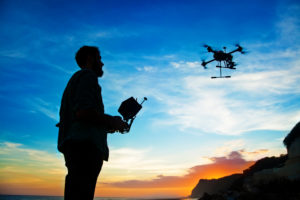
Conclusion
Gong through the registration part of the website, you will notice that there is a deadline of the registration for the drones you already own. Registration for OMB Control No. 2120-0765 and 2120 – 0768 closes on 30th of April 2018, and OMB No. 2120 – 0765 closes on 31st July 2020. Afterward, you will need to register the drone as soon as you purchase it and as you have seen, it takes less than five minutes of your time. With the information above, avoid the temptation to fly an unregistered drone and risk paying hefty fines and possible jail time.
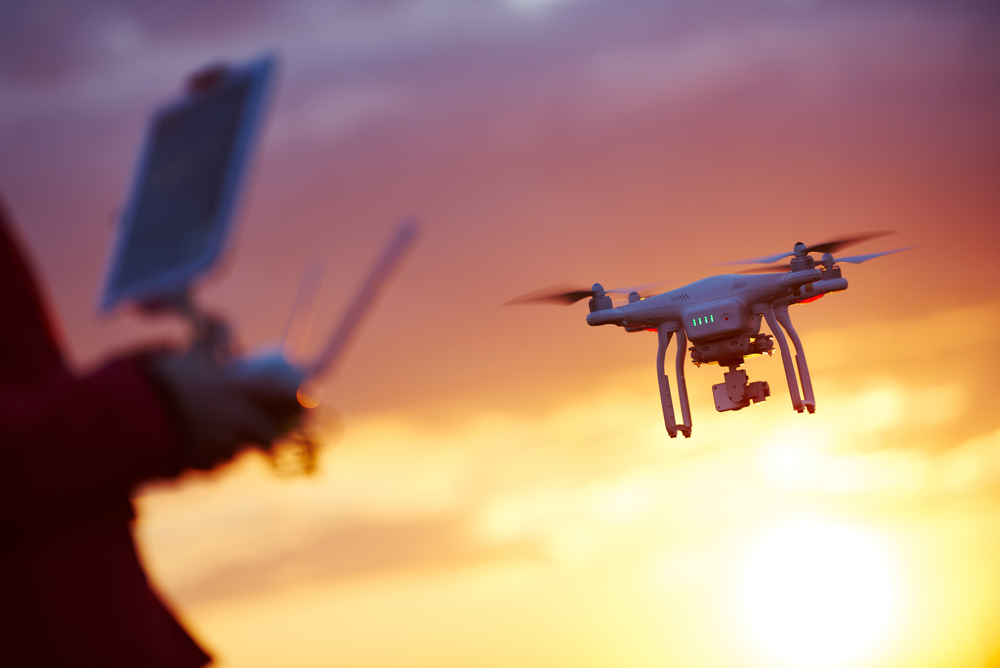
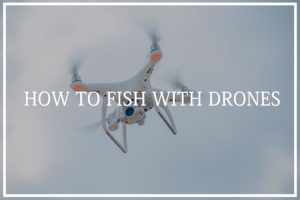

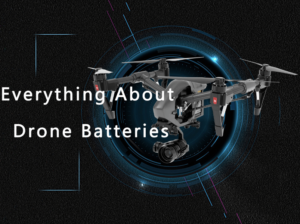
Stating the obvious has never been so eloquent.
People checking out the booth are provided a flipbook.